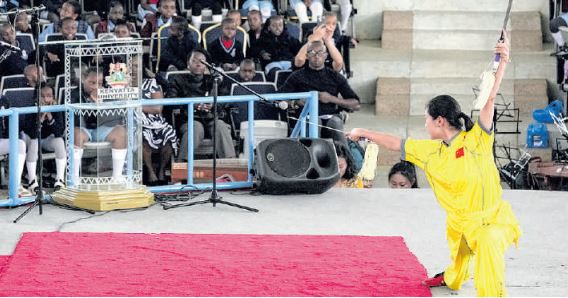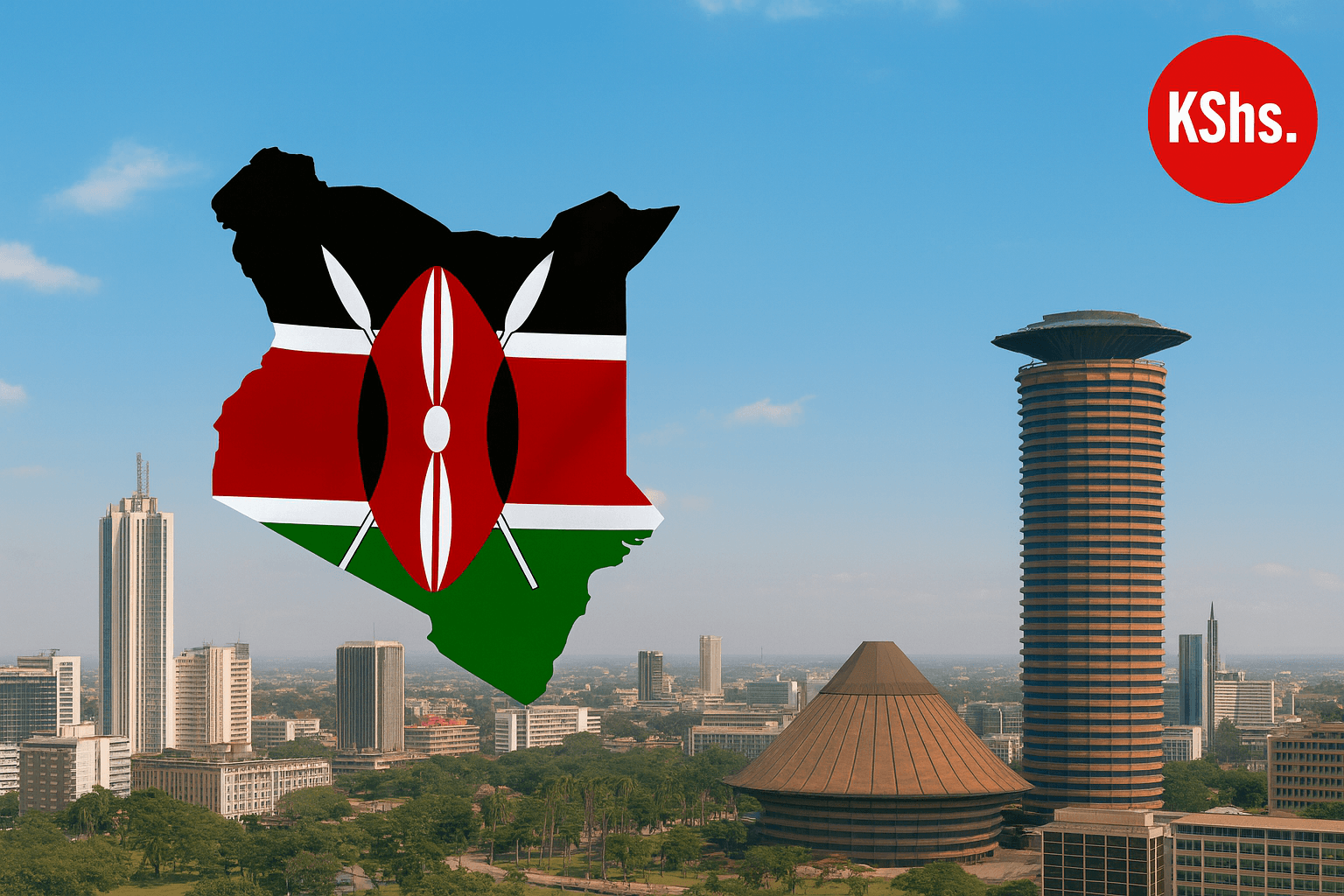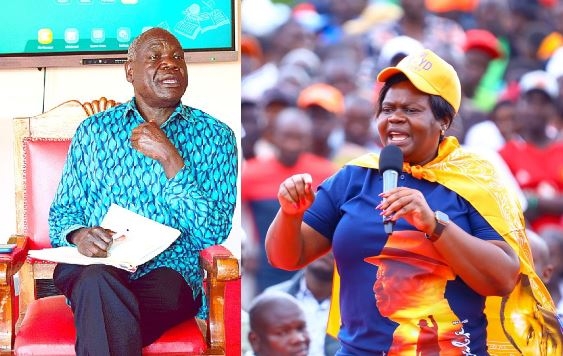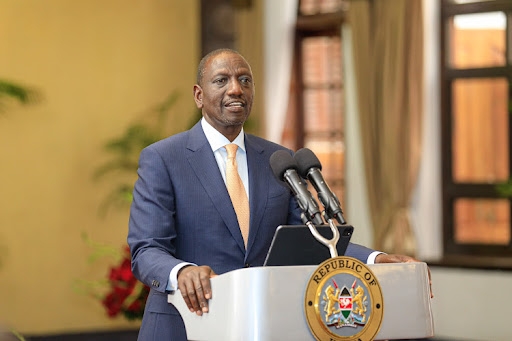
While infrastructure and economic cooperation have long defined the China–Kenya partnership, this cultural season signals a strategic pivot.
It places people, not just policies, at the heart of bilateral relations. It celebrates what connects two great civilisations—Kenya, the vibrant cultural mosaic of Africa, and China, a 5,000-year-old civilisation with deep philosophical roots.
The event, held at Braeburn School and attended by senior government officials, diplomats, artists and students, marked the deepening of people-to-people ties as both nations celebrate 60 years of diplomatic engagement.
China’s Ambassador to Kenya, Guo Haiyan, said that there is “huge potential” in strengthening cooperation in the cultural and tourism sectors. And Cabinet Secretary for Culture, Arts and Heritage, Hannah Cheptumo, echoed this sentiment by highlighting the educational and archaeological collaborations already underway.
Kenya’s partnership with China has delivered visible benefits—from the Standard Gauge Railway to broadband infrastructure. But infrastructure alone does not build trust or lasting friendship.
Cultural exchange—where two societies learn about each other through language, music, food and storytelling—cements the kind of understanding that survives beyond political cycles.
This year’s culture and tourism season is doing exactly that. Through joint exhibitions, performances, tourism exchanges and academic forums, the two countries are showcasing their civilisational pride—not to compete, but to collaborate. It’s not about erasing differences, but embracing them.
Tourism is a key pillar of this effort. Chinese tourists have increasingly made Kenya a destination of choice—drawn by our wildlife, coastal heritage and cultural richness.
At the same time, a growing number of Kenyans are exploring China’s rich historical cities, modern metropolises and innovation hubs. The cultural season is meant to deepen this curiosity on both sides.
The benefits are mutual and far-reaching. Tourism already accounts for more than 10 per cent of Kenya’s GDP and employs millions—especially among women and youth.
If cultural exchanges lead to greater tourist flows, the impact will be tangible: more jobs, more investment and more opportunities for local communities.
Education and language are equally central. Confucius Institutes in Kenyan universities are helping young Kenyans learn Mandarin and gain cultural fluency.
Kenyan scholars, in turn, are engaging more deeply with Chinese academic institutions. These educational ties are not just symbolic—they’re preparing a generation of culturally intelligent leaders ready to navigate a multipolar world.
This year also marks 40 years of Kenya–China acrobatic exchanges. Art, unlike policy, speaks directly to the human spirit.
Whether through music, theatre, film, or dance, the stories we share through art allow us to connect on a deeper level—beyond language or politics. The creative collaborations being fostered under this cultural season go a long way in shaping public perception and goodwill.
Critics may view cultural diplomacy as a soft front for influence. But that perspective misses the point.
Real trust isn’t built only in boardrooms or during state visits—it is built in classrooms, marketplaces, festivals and homes. Culture invites empathy, and empathy builds the kind of diplomacy that lasts.
Moreover, China–Kenya cultural cooperation is a chance to reshape Africa’s role in global narratives. For far too long, Africa has been viewed through a Western lens.
By engaging with China on equal cultural footing, Kenya is asserting its agency in crafting a more pluralistic and balanced global story—one that values heritage, history and humanity.
In the end, the China–Kenya Culture and Tourism Season is more than a celebration—it’s a forward-looking strategy.
It recognizes that empathy, understanding, and joy are as essential to global partnerships as infrastructure and trade. It acknowledges that in a time of geopolitical fragmentation, culture is what can keep us united—not in uniformity, but in shared humanity.
As Kenya and China continue to collaborate across economic, technological, and political fronts, it is this cultural foundation that may prove the most enduring.
Not every bridge is built of concrete—some are built of trust, dialogue, and song.
















